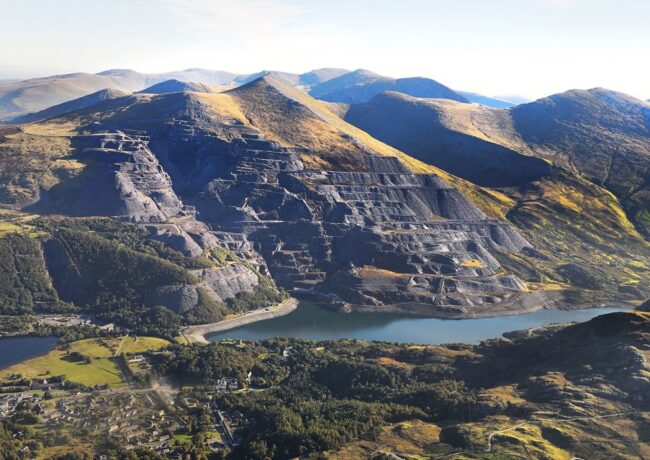North Wales slate landscape among UK’s largest Unesco sites
The slate hills and mines of Gwynedd became the fourth location in Wales to earn a spot on the United Nations’ list of World Heritage Sites last week.
Its appointment to the list also means Wales has more Unesco sites per square mile than anywhere else in the world, according to North Wales Tourism chief executive Jim Jones.
Other Welsh Unesco sites include Pontcycsyllte Aqueduct, Blaenavon Industrial Landscape and the Castle and Town Walls of King Edward in Gwynedd.
“The Slate Landscape of Northwest Wales”, as it is listed with Unesco, includes historic settlements, railways and landscape of six main quarry areas: Penrhyn, Dinorwig, Nantlle Valley, Gorseddau and Prince of Wales, Ffestiniog and Bryneglwys.
The area spans 8,053 acres, making it the 10th-largest Unesco area in the United Kingdom. The largest is the Lake District, which comes in at a massive 566,378 acres.
The North West Wales landscape is the 34th place in Great Britain to earn the Unesco honour. With Liverpool’s elimination from the list, the slate landscape becomes one of 33 Great Britain spots on the heritage site register.
Mark Drakeford, first minister of Wales, said the Unesco title recognised the important contribution North Wales made to the industrial history of the world.
“Welsh slate can be found all over the world,” Drakeford said. “The quarrying and mining of slate has left a unique legacy in Gwynedd, which the communities are rightly proud of.”
In the 1890s, the slate industry employed nearly 17,000 people and produced 485,000 tonnes of slate a year.
Slate from Gwynedd has been used to build the roofs of the Houses of Parliament in London, Copenhagen city hall and the Royal Exhibition Building in Australia. Half of the buildings in New York had roofs of Welsh slate in 1830.
Dawn Bowden, deputy minister for arts and sports for Wales, praised the team behind the Unesco bid – which was submitted for approval in 2019 after seven years of work.
“This news has made all the hard work worthwhile!” she said.
“Gaining World Heritage Site Status is an excellent celebration of the pride in our slate communities – and a driver for future regeneration,” she continued.
The slate landscape was not the only new location to earn a spot on the Unesco list. Other new additions include the Porticoes of Bologna in Italy, the Petroglyphs of Lake Onega and the White Sea in Russia and Ivindo National Park in Gabon.




